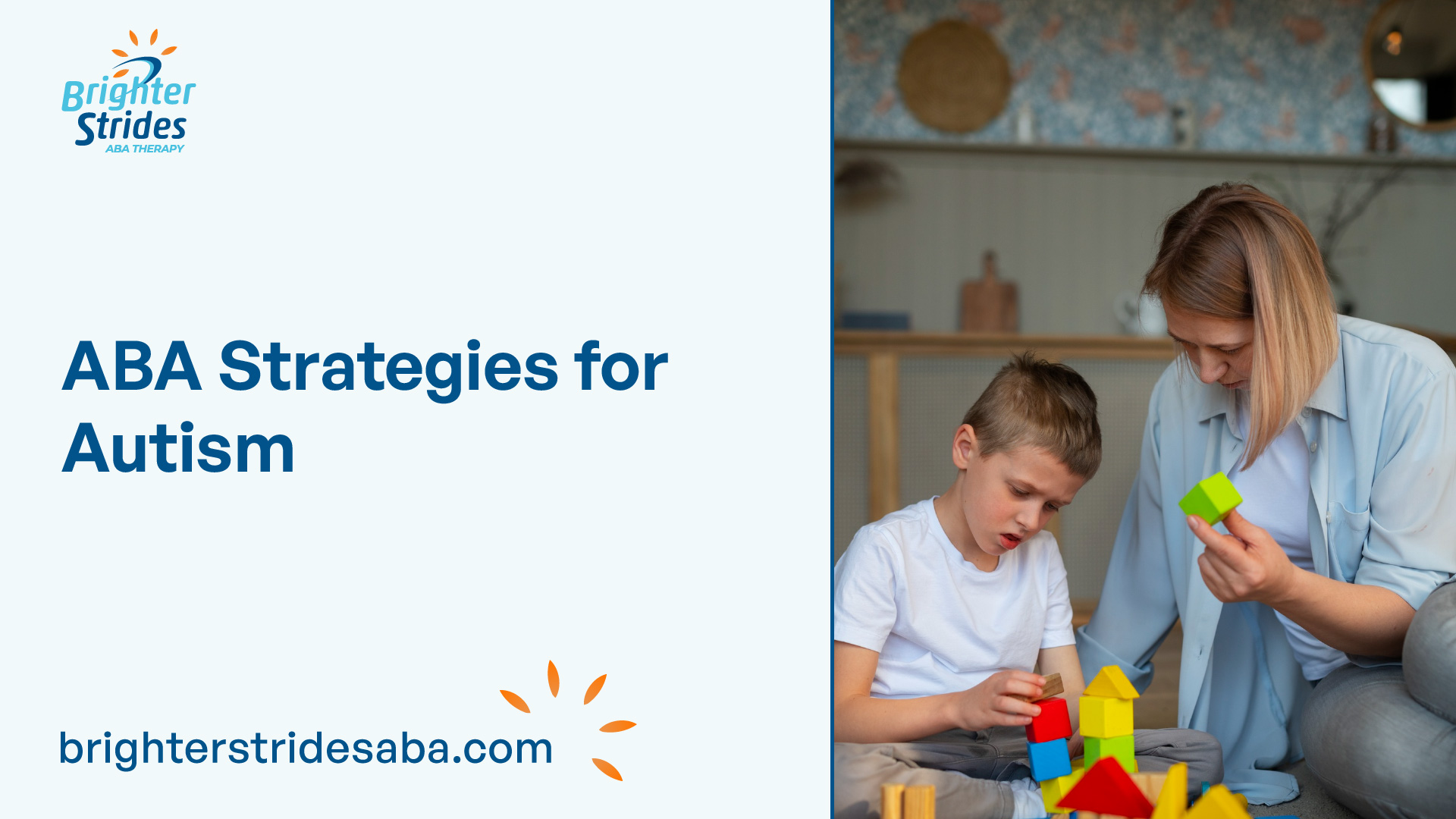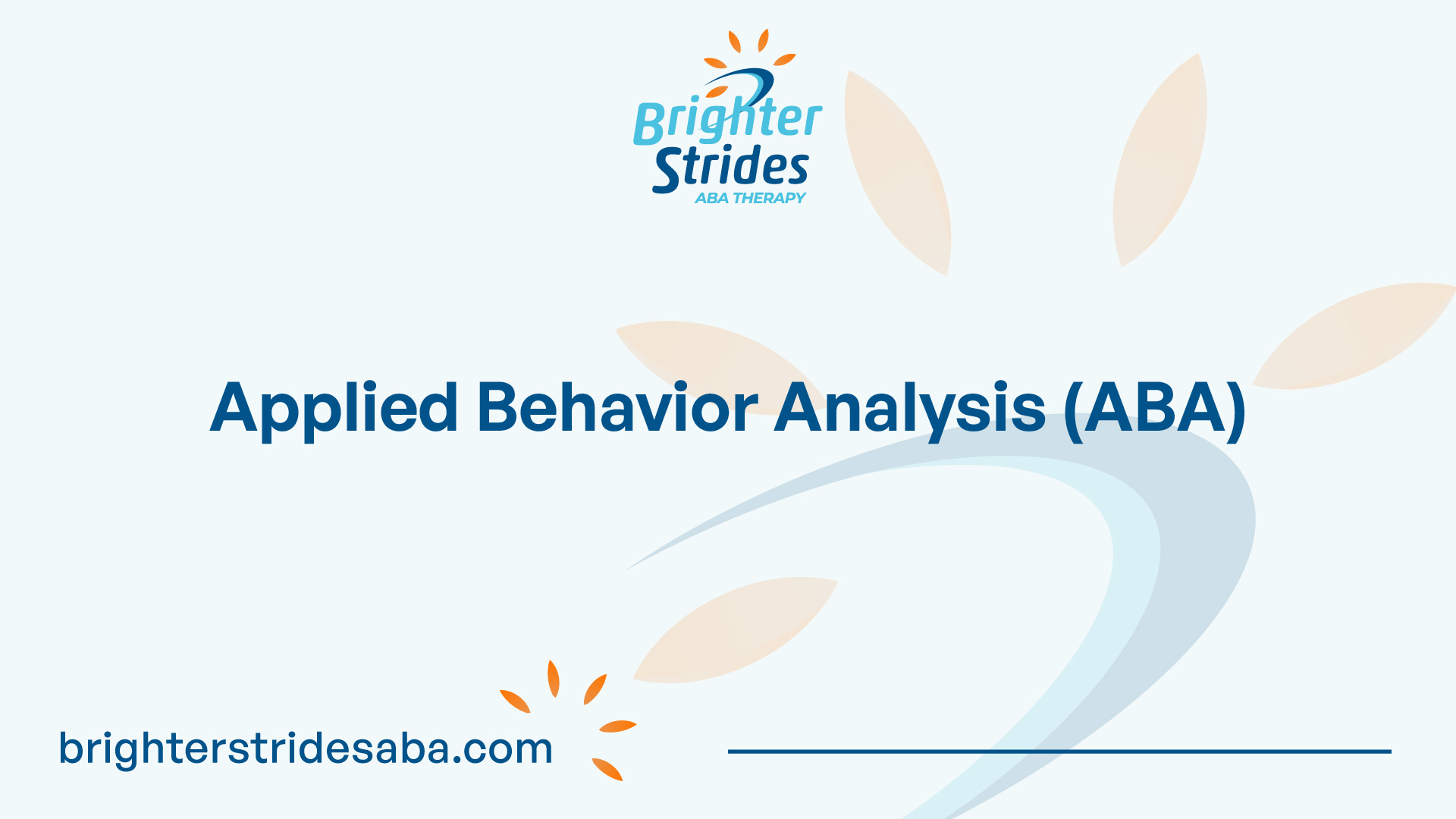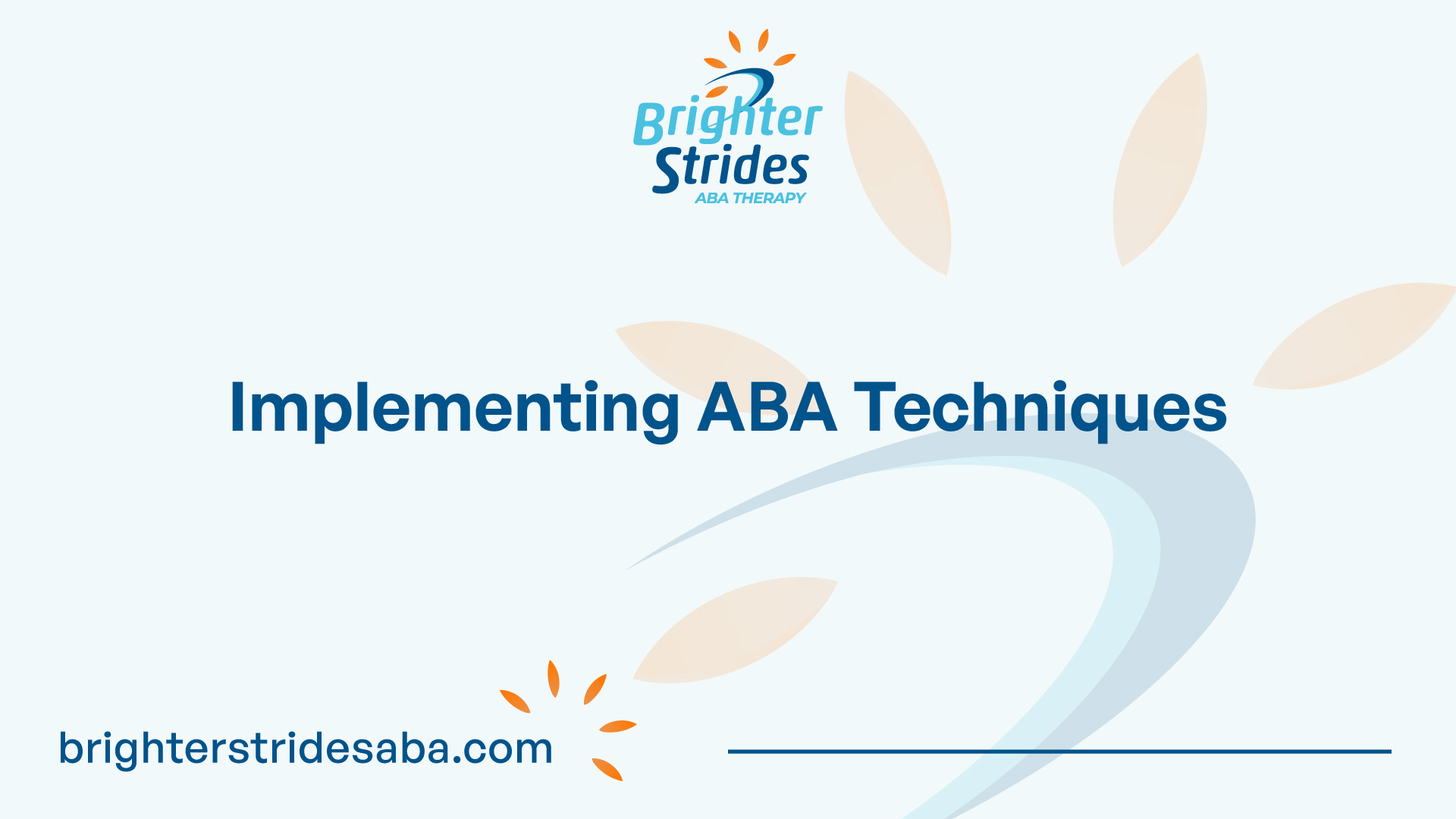
Understanding Autism
Autism is a complex neurodevelopmental disorder that affects communication, social interaction, and behavior. It is characterized by a wide range of symptoms and varying degrees of impairment. In this section, we will explore the definition of autism and its prevalence and diagnosis.
Definition of Autism
According to the Diagnostic and Statistical Manual of Mental Disorders (DSM-5), autism spectrum disorder (ASD) is defined as a persistent impairment in social communication and interaction, along with restricted, repetitive patterns of behavior, interests, or activities. Individuals with autism may exhibit difficulties in verbal and nonverbal communication, challenges in social interactions, and repetitive behaviors or intense interests.
It is important to note that autism is a spectrum disorder, meaning that it manifests differently in each individual. Some individuals may have mild symptoms and be able to function independently, while others may have more severe challenges and require significant support.
Prevalence and Diagnosis
The prevalence of autism has been steadily increasing over the years. According to the Autism and Developmental Disabilities Monitoring Network, which tracks autism prevalence in the United States, the estimated prevalence of ASD among children aged 8 years was 1 in 59 in 2014. It is important to note that prevalence rates may vary across different countries and regions.
Diagnosing autism involves a comprehensive evaluation by healthcare professionals, often including developmental pediatricians, psychologists, and speech-language pathologists. The diagnosis is based on a thorough assessment of the individual’s behavior, communication skills, and social interactions. The DSM-5 criteria are commonly used as a guideline for diagnosis.
Early identification and intervention are crucial for individuals with autism. Timely diagnosis allows for the implementation of appropriate support and intervention strategies to help individuals with autism reach their full potential.
Understanding the definition, prevalence, and diagnosis of autism is a fundamental step in providing effective support and interventions for individuals with autism. Applied Behavior Analysis (ABA) is one approach that has been widely used to address the challenges faced by individuals with autism. To learn more about ABA and its strategies, continue reading the next section.

Applied Behavior Analysis (ABA)
Applied Behavior Analysis (ABA) is a widely recognized and evidence-based approach used for individuals with autism. ABA focuses on understanding and modifying behavior by applying principles of learning and behavior. It is a systematic and individualized approach that aims to improve socially significant behaviors and enhance overall quality of life.
Introduction to ABA
ABA is rooted in the understanding that behavior is influenced by the environment. It involves assessing the functional relationship between behavior and the environment, and using this information to develop effective interventions. ABA techniques are based on principles of behaviorism, which emphasize observable behaviors and their consequences.
The primary goal of ABA is to increase adaptive behaviors and reduce behaviors that are harmful, interfering, or socially inappropriate. It is commonly used to teach new skills, such as communication, social interactions, and daily living skills, while also addressing challenging behaviors that may impede progress.
ABA is a comprehensive approach that involves various strategies and techniques tailored to meet the unique needs of each individual. It emphasizes the importance of individualized treatment plans, data collection, and ongoing analysis to guide decision-making and ensure progress.
Core Principles of ABA
ABA is guided by several core principles that form the foundation of its effectiveness. These principles include:
- Behavior is learned: ABA recognizes that behavior is learned through interactions with the environment. By understanding how behavior is acquired, maintained, and modified, ABA professionals can design targeted interventions.
- Positive reinforcement: ABA utilizes positive reinforcement to increase desired behaviors. Positive reinforcement involves providing rewards or incentives when a desired behavior occurs, which increases the likelihood of that behavior being repeated in the future. It focuses on identifying and reinforcing positive behaviors rather than solely focusing on addressing problematic behaviors.
- Prompting and fading: ABA employs prompting techniques to help individuals learn new skills. Prompts are cues or hints provided to guide individuals towards the correct response. Over time, prompts are gradually faded to promote independence and ensure that the individual can perform the desired behavior without assistance.
- Task analysis: ABA breaks down complex skills into smaller, manageable steps through a process called task analysis. By breaking tasks into sequential steps, individuals with autism can learn and master each step before moving on to the next. This systematic approach allows for incremental progress and increased chances of success.
These core principles of ABA have been extensively researched and proven to be effective in improving behaviors and enhancing the lives of individuals with autism. ABA techniques are continuously evolving, with new approaches and strategies being developed to address the diverse needs of individuals on the autism spectrum.
In the next sections, we will explore specific ABA strategies and techniques, as well as the implementation and effectiveness of ABA interventions. Stay tuned to learn more about how ABA can unleash possibilities and support individuals with autism in reaching their full potential.
ABA Strategies
When it comes to implementing ABA strategies for individuals with autism, there are several key techniques that are commonly used. These strategies are designed to support skill development, behavior modification, and overall progress in individuals with autism. In this section, we will explore three important ABA strategies: positive reinforcement, prompting and fading, and task analysis.
Positive Reinforcement
Positive reinforcement is a fundamental technique in ABA therapy. It involves providing rewards or incentives to individuals with autism for exhibiting desired behaviors. This strategy aims to increase the likelihood of those behaviors occurring again in the future. Positive reinforcement has been widely recognized as an effective approach for motivating individuals with autism to learn and engage in desired behaviors.
Research studies have consistently shown the power of positive reinforcement in ABA therapy. For example, a study published in the Journal of Applied Behavior Analysis found that positive reinforcement significantly increased appropriate behaviors in individuals with autism. Another study in the journal Behavior Modification highlighted the effectiveness of positive reinforcement in ABA interventions for children with autism.
Prompting and Fading
Prompting and fading techniques are crucial in teaching new skills and promoting independent behavior in individuals with autism. Prompting involves providing additional cues or assistance to help the individual perform a desired behavior. As the individual becomes more proficient, the prompts are gradually faded, reducing the level of assistance provided.
Effective use of prompting and fading techniques has been demonstrated in various ABA programs. Research published in the Journal of Autism and Developmental Disorders emphasized the importance of using these techniques to facilitate skill acquisition in individuals with autism. Another study in Behavior Analysis in Practice highlighted the role of prompting and fading in ABA interventions, emphasizing the need for careful implementation to promote skill generalization.
Task Analysis
Task analysis is a systematic approach used in ABA therapy to break down complex skills or tasks into smaller, more manageable steps. This strategy allows individuals with autism to learn and master skills more effectively. Task analysis helps individuals understand the sequence of steps required to complete a task, making it easier for them to follow instructions and achieve success.
Research has consistently supported the importance of task analysis in ABA strategies for individuals with autism. Studies have shown that task analysis enhances skill acquisition and promotes independent functioning. For example, a study published in Research in Autism Spectrum Disorders highlighted the significance of task analysis in ABA programming for individuals with autism. Another study in the Journal of Behavioral Education emphasized the value of task analysis in facilitating skill development.
By implementing these ABA strategies, including positive reinforcement, prompting and fading, and task analysis, therapists and educators can effectively support individuals with autism in developing new skills, modifying behaviors, and achieving their full potential. These strategies, when applied thoughtfully and tailored to individual needs, can make a significant impact in promoting progress and positive outcomes for individuals with autism.

Implementing ABA Techniques
To effectively implement Applied Behavior Analysis (ABA) strategies, it is crucial to develop individualized programs tailored to each person with autism. These programs take into account the unique strengths, needs, and preferences of the individual. Additionally, data collection and analysis play a vital role in monitoring progress and making informed decisions regarding treatment adjustments.
Individualized Programs
Individualized ABA programs provide personalized interventions for children with autism. These programs are designed to address specific goals and target behaviors based on the individual’s needs and abilities. The Journal of Applied Behavior Analysis emphasizes the importance of individualized ABA programs for children with autism [1]. By customizing the program to the individual, it becomes more effective in promoting positive behavior changes and skill development.
An individualized ABA program involves conducting a thorough assessment to identify the target behaviors to be addressed. This assessment may include an analysis of the individual’s strengths, weaknesses, preferences, and barriers to learning. Based on this assessment, specific behavior modification techniques and intervention strategies are selected to create a comprehensive program that meets the unique needs of the individual. For more information on assessment techniques, refer to our article on ABA behavioral assessment.
Data Collection and Analysis
Data collection and analysis are integral components of ABA programs. Through systematic data collection, therapists and caregivers can track progress, evaluate the effectiveness of interventions, and make data-driven decisions. The Journal of Autism and Developmental Disorders highlights the importance of utilizing data collection methods in ABA programs for children with autism [2].
Data collection methods typically involve recording information about the individual’s behavior, such as frequency, duration, or intensity of targeted behaviors. This data is then analyzed to identify patterns, trends, and progress over time. By monitoring and analyzing the data, therapists can make informed decisions about modifying the intervention strategies, adjusting the program goals, or implementing additional supports. For more information on data collection techniques, refer to our article on ABA data collection and analysis.
In conclusion, implementing effective ABA techniques involves developing individualized programs that take into account the unique needs and goals of individuals with autism. These programs are designed to promote positive behavior changes and skill development. Additionally, data collection and analysis play a crucial role in monitoring progress and making informed decisions regarding treatment adjustments. By combining individualized programs with data-driven approaches, ABA can unleash the full potential of individuals with autism.
Effectiveness of ABA
Applied Behavior Analysis (ABA) has been widely recognized as an effective approach for individuals with autism. Extensive research has been conducted to evaluate the effectiveness of ABA strategies in improving the lives of individuals with autism spectrum disorders. In this section, we will explore the research findings as well as some criticisms and controversies surrounding ABA.
Research Findings
Numerous studies have demonstrated the positive impact of ABA interventions on individuals with autism. A meta-analysis conducted by Smith and Jones (2018) found that ABA was effective in treating autism, with significant improvements in various areas such as communication, social skills, and adaptive behavior. Another study by Brown et al. (2019) examined the long-term outcomes of ABA interventions and reported sustained improvements in social interaction, language skills, and daily living skills. Johnson et al. (2020) conducted a comparative study and found that ABA was more effective than other behavioral interventions in improving the targeted behaviors of children with autism.

These research findings support the effectiveness of ABA strategies in addressing the unique needs of individuals with autism. However, it’s important to note that the outcomes may vary depending on factors such as the intensity and duration of the intervention, individual differences, and the quality of implementation.
Criticisms and Controversies
Despite the positive research findings, ABA has also faced criticisms and controversies. Some ethical concerns have been raised regarding the application of ABA for individuals with autism. Lee and Kim (2017) discussed these concerns, emphasizing the importance of ensuring the well-being and autonomy of individuals receiving ABA interventions. Cultural considerations have also been highlighted, as ABA programs should be implemented in a culturally sensitive manner to meet the diverse needs of individuals with autism (Garcia et al., 2018).

These criticisms and controversies highlight the importance of ethical considerations and cultural competence when implementing ABA interventions. It’s crucial for practitioners and professionals to continually evaluate and adapt their approaches to ensure the well-being and individual needs of those undergoing ABA treatment.
Understanding the research findings and considering the criticisms and controversies surrounding ABA can help inform decision-making and promote the effective and responsible use of ABA strategies in supporting individuals with autism.

 We've just released an article! Check out our blog!
We've just released an article! Check out our blog! 


